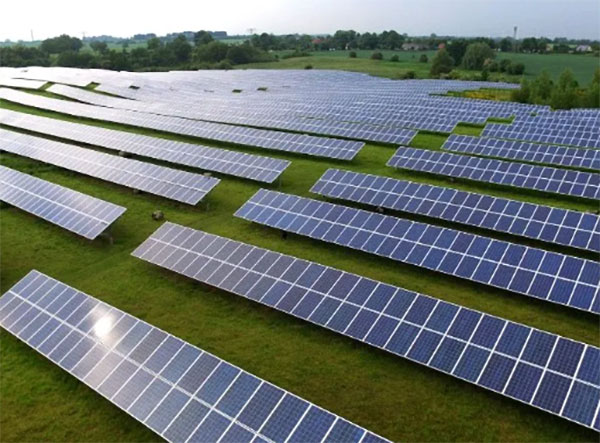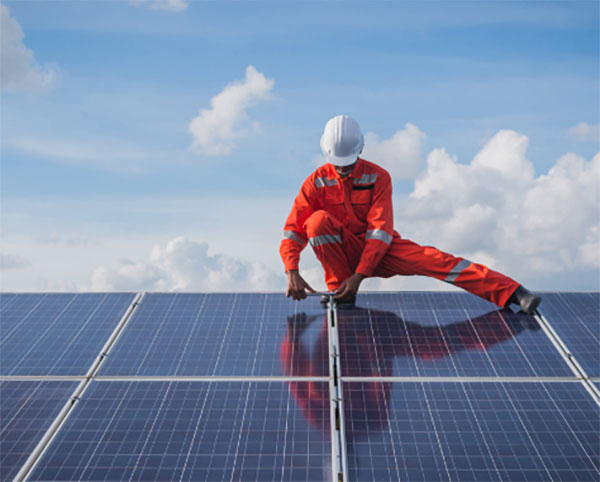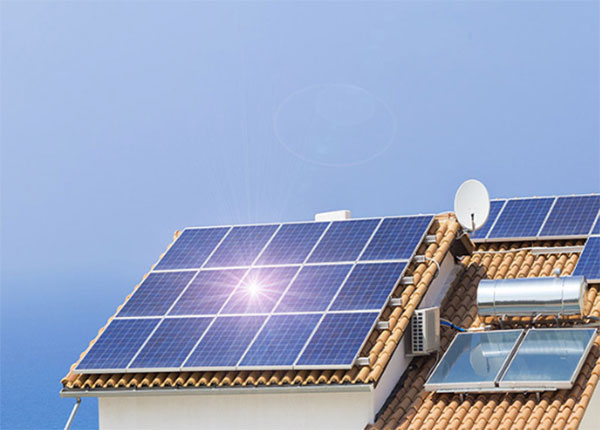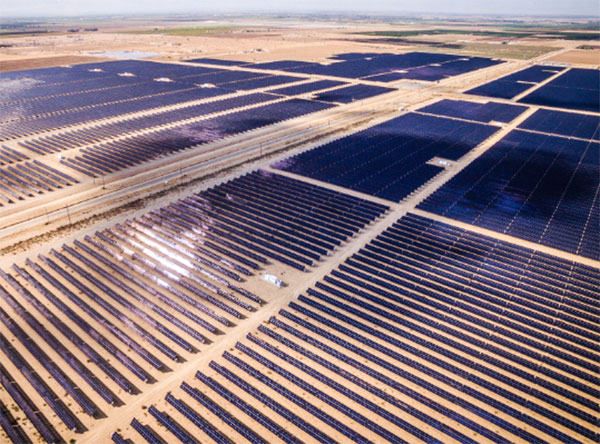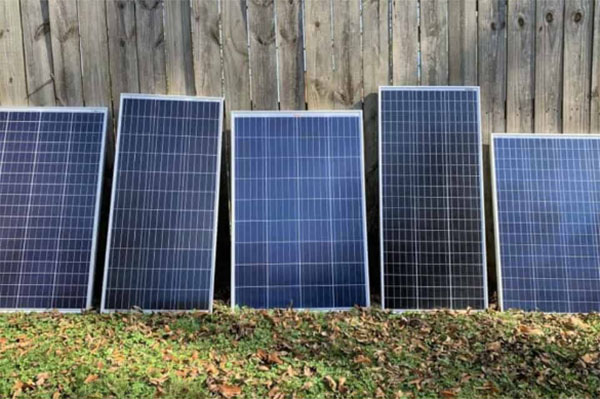Description
The average lifespan of solar PV systems is 25-30 years, influenced by material quality, environment, and maintenance practices.Factors That Determine the Lifespan of Solar PV Systems
The lifespan of solar photovoltaic (PV) systems is of measurable importance to both the individual consumer and large scale solar project user. It is a critical factor in the decision-making process since it correlates with the long-term cost-effectiveness of the solar investment.
Lifespan Definition in a Solar PV Context
In the solar PV realm, lifespan is the period over which a solar panel operates at an economically feasible efficiency level. The panels continue to produce electricity beyond the period, but they produce less than 80% of their initial rated capacity.
Key Factors that Impact Solar PV Lifespan
Several factors contribute to the lifespan of solar PV systems. These elements affect performance, durability and, subsequently, the monetary worth of the solar investment.
Material Quality and Technology
Materials and technology used in solar panel production are critical. Panels produced with high-quality silicon and robust encapsulation generally have a longer lifespan.
The environment and its elements can significantly impact the panel’s lifespan. Abrasive weather events, like heavy snow, hail, and extreme temperatures, all speed up the wear-and-tear of a solar panel expanding the array’s payback period. This is why panels typically have longer operational lives in cooler, temperate regions with minimal weather extremes.Operating and
Maintenance Practices
Maintenance, as well as the proper operations system installation, is another influencer of a solar energy system’s lifespan. A well-maintained solar panel that hasn’t been subjected to shade or other factors which impede the system’s capability will degrade more slowly, providing more years of reliable, efficient operation. The inverse could result in significantly lower efficiency and, thus, a shorter operation timeline.
Key Strategies for Solar PV Lifespan Extension
Using quality components and ensuring proper installation, while following a maintenance schedule, are key methods to expand the lifespan of solar PV systems. Innovations in materials and technology will continue to yield longer lifespans and better performance over time — making solar a more attractive option for years to come.
Determining Factors of Solar PV Lifespan
There are a multitude of factors that influence the lifespan of solar PV systems, each playing a significant role in the system’s overall performance and longevity.
Material Quality and Technology
Material quality and the technology that is used in solar panels are two of the most important determinants of how long they will last. High-quality materials will better resist degradation from UV exposure, temperature variance, and physical stress, extending their efficiency and useful life.
The highest quality of material and most efficient of solar panels are monocrystalline silicon panels. These types of panels can last over 30 years thanks in large part to their make-up of a single crystal structure (which is higher efficiency rated, with most rated between 15-20%).
Thin-film solar panels have a varied lifespan based on the composition of the material (i.e., cadmium telluride, amorphous silicon), but most thin-film solar panels with which SunPeak is working last 20-25 years and have efficiency rates around 10-13%.
Technological Innovations
Advancing technologies are a major player in extending the lifespan of solar panels. Technologies such as PERC (Passivated Emitter and Rear Cell) technology increase efficiency and durability by helping to capture more of the light that hits them and minimizing the recombination of electrons.Environmental Impact
Environmental factors that surround solar PV installations can significantly alter how long they will operate.
Temperature: Solar panels are designed to operate at a range of temperatures, but high heat can quickly degrade panels and shorten lifespan. Panels generally operate best at temperatures at or below 25°C (77°F); for every degree above this, efficiency can decrease by 0.5%.
Weather Conditions: Panels can suffer from physical damage from exposure to hail, driven snow, and high winds, shortening their functional lifespan.Adaptation
Advancements in production such as anti-reflective coatings and new frame designs are aiding solar panels in their adaptation to the wide range of environmental stress they can encounter, stretching their lifespan to reach well into the future.
Maintenance and Operational Practices
Proper maintenance and operation are essential for getting the most out of your solar PV systems over their life.
Cleaning: Sunlight is needed for power generation, and solar panels that are covered in dust, debris, or snow can’t generate the full amount of power that they were designed to. On- and off-grid solar PV systems alike will operate more efficiently and for more years when they are free of obstructions to their ability to capture sunlight.
Inspection: Annual inspections can help find and fix wear and tear, electrical issues, and other damages that can accrue and adversely affect the useful life of systems.
Expected Lifespan of Current Solar PV Technologies
The lifespan of solar PV technologies is a key factor in assessing the overall value and efficiency of solar energy systems. Different technologies offer varying lifespans, efficiency rates, and costs, influencing the choice for specific applications and settings.Average Lifespan Estimates
The table below provides a summary of the average lifespan estimates for various solar PV technologies, along with their efficiency rates and cost implications.| Solar PV Technology | Average Lifespan | Efficiency Rate | Cost Considerations |
|---|---|---|---|
| Monocrystalline Silicon | 25-30 years | 15-20% | Higher upfront cost, but lower cost per watt due to higher efficiency |
| Polycrystalline Silicon | 20-25 years | 13-16% | More affordable upfront, moderate efficiency |
| Thin-Film | 15-20 years | 10-13% | Lower cost, flexible installation options, but lower efficiency |
| PERC Technology | 25-35 years | 18-22% | Higher initial investment, but improved long-term value through increased efficiency |
Comparison Among Different Solar PV Technologies
The choice of solar PV technology affects both the system's longevity and its overall performance. Monocrystalline silicon panels, known for their high efficiency and long lifespan, are often preferred for residential and commercial applications where space is limited and maximum efficiency is desired. Polycrystalline silicon panels offer a balance between cost and efficiency, suitable for larger installations where space is not as constrained. Thin-film panels provide versatility and a lower cost, ideal for large-scale installations and flexible surfaces.- Monocrystalline Silicon: Best for high-efficiency, long-term applications.
- Polycrystalline Silicon: A mid-range option for cost and efficiency balance.
- Thin-Film: Offers unique installation possibilities, though at the expense of lifespan and efficiency.
Extending the Lifespan of Solar PV Systems
Achieving maximum operational lifespans for solar PV systems increases their return on investment and supports broader sustainability goals by obviating the need for frequent replacements and attendant waste generation. Key elements of extending solar PV lifespans include adherence to best practices for installation and maintenance and integration of recent technological innovations.
Best Practices for Installation and Maintenance
Professional installation is critical for the longevity of solar PV systems. Professional installers optimize the system layout to mitigates physical and environmental damage, which can significantly shorten the solar panels' operational lifespans.
Optimal Orientation and Tilt - Properly angling panels toward the sun is crucial for maximizing the solar panels' power output and efficiency, which can be critical factors for the system's long-term health.
Regular Cleaning and Inspections - Dust, debris and snow accumulation can substantially reduce the efficiency of solar panels. Regular cleanings and inspections identify and address potential issues early, which can prevent long-term damage.
Ensuring inverters, connectors and wiring are operating correctly will eliminate electrical failures that can shorten a system's operational life.
Recent Innovations in Lifespan Extension
Technological advances continue to be developed and integrated into solar PV systems, which are enhancing the durability and efficiency of systems, thereby extending their operational lifespans.
Anti-Reflective Coatings - Solar panels coated with anti-reflective coatings absorb more light, meaning higher efficiency and reduced degradation rates. Anti-reflective coatings also protect the panels from environmental damage.
Bifacial Solar Panels - Bifacial panels capture sunlight from both sides of the panel, increasing energy generation by up to 30 percent when conditions are optimal. This technology not only increases power ouput, but it also contributes to a slower degradation rate because the panels can achieve the same energy yield with less stress per cell.
Improved Encapsulation Materials - Encapsulation materials protect solar cells from mechanical stress and moisture. Recent improvements to encapsulation materials have improved their protective qualities dramatically, which has extended the operational lifespans of solar panels.

